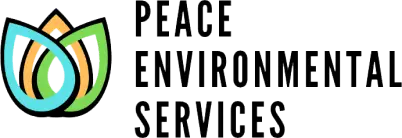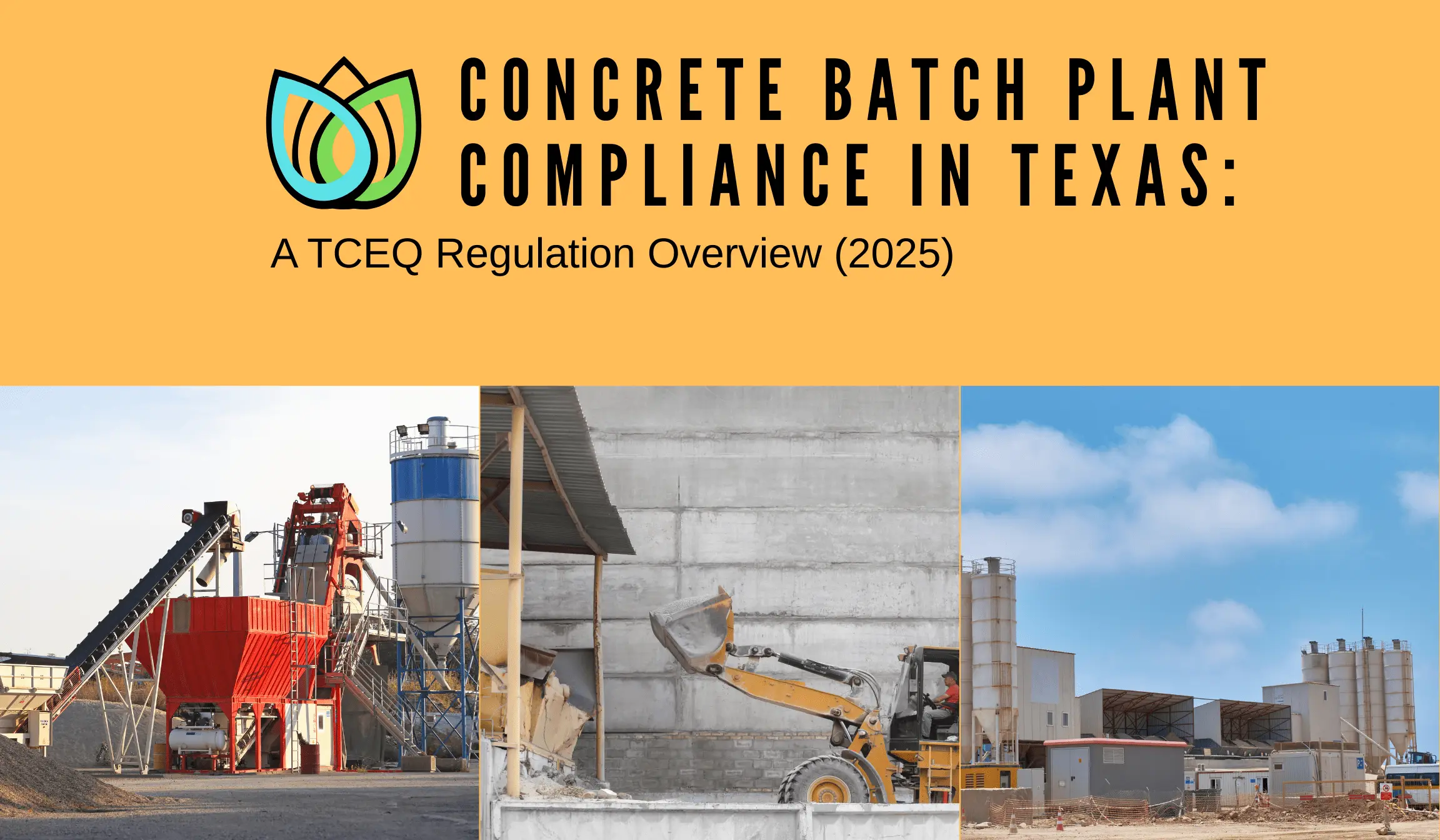A Step-by-Step Guide
Surviving a TCEQ Inspection: The Complete Texas Facility Guide
From the moment an investigator arrives to responding to a Notice of Violation (NOV), we break down the entire process into a clear, actionable roadmap to minimize risk.

Facing a TCEQ Action?
This guide is your first step. For personalized help with an NOV or NOE, our team of experts can mediate with the agency to ensure a timely and appropriate resolution.
Get a Confidential ConsultationPhase 1: The Arrival & First 30 Minutes
How to Set the Right Tone
How you handle the initial moments of an inspection is crucial. Professionalism and control are paramount. Your front-office staff should be trained to immediately contact the facility’s designated environmental point person. The TCEQ investigator should be politely greeted and escorted to a conference room or office—never allow an investigator to wander through your facility unescorted. This simple step prevents casual observations from turning into official findings.
Once you meet them, your first actions are critical: Politely ask for credentials, confirm their specific TCEQ division (e.g., Air Quality, Water Quality), and understand the purpose of their visit. Taking a photo of their ID and business card is a standard and reasonable practice for your records. The investigator will then want to hold a brief opening conference. This is your opportunity to establish boundaries, discuss the inspection's scope, review safety protocols, and designate your team: one qualified employee as the investigator’s official escort and another as a "scribe" to take notes and photos.
Phase 2: The Walk-Through Playbook
A Guide to Your Actions and Rights
Your designated escort must accompany the investigator at all times, while the scribe's only job is to shadow the group and document everything. This creates a parallel record of the inspection, which can be invaluable later. Following a clear set of dos and don'ts is critical to protecting your interests.
✅What to DO
- Be Cooperative: A professional, courteous attitude fosters a less adversarial process.
- Take Samples: Insist on your right to take a "split sample." This allows for independent lab analysis to verify the TCEQ's findings.
- Take Photos: Duplicate every photo the investigator takes to provide context and prevent misinterpretation.
- Keep a Log: Document their path, all questions, and all answers. This log is your official record of the event.
- Protect Info: Clearly identify and label any Confidential Business Information (CBI) before providing copies.
❌What NOT to Do
- Volunteer Info: Only answer specific questions asked. Do not offer excuses or speculate on causes.
- Lie or Guess: Misrepresenting facts can lead to severe penalties. It's better to say "I'll find out" than to provide incorrect information.
- Sign Blindly: Read any document carefully. You can sign to acknowledge receipt, but add a note that you do not agree with the contents if necessary.
- Obstruct: Denying access can escalate the situation, leading the investigator to return with an administrative search warrant.
Phase 3: The Path to Resolution
After the Inspector Leaves
What happens after the investigator leaves is just as important as the visit itself. This is where potential violations are formalized and your response strategy becomes critical.
Key Insights from TCEQ Data
Most Common Violations
Typical Inspection Outcomes
Frequently Asked Questions
What is the difference between a Notice of Violation (NOV) and a Notice of Enforcement (NOE)?
A Notice of Violation (NOV) is a formal notification of alleged violations and a request for corrective action; it does not carry an automatic penalty. A Notice of Enforcement (NOE) is a more serious action indicating that the TCEQ is initiating a process that will lead to financial penalties and a legally binding order.
What are my rights during a TCEQ inspection?
You have the right to: ask for and verify the inspector's credentials; accompany the inspector at all times; take split samples of anything they collect; take your own photos and notes for a parallel record; and protect and identify Confidential Business Information (CBI) before providing copies.
How long do I have to respond to a Notice of Violation?
The deadline for responding to an NOV is specified in the letter itself, but it is typically 30 days. It is crucial to meet this deadline with a thorough, well-documented response detailing your corrective actions and the steps you will take to prevent recurrence.
Can I negotiate TCEQ penalties?
Yes. Once a Notice of Enforcement (NOE) is issued with a proposed penalty, there is a formal process for negotiation. This often involves presenting evidence of corrective actions, demonstrating good faith efforts, and potentially participating in a Supplemental Environmental Project (SEP) to reduce the final penalty amount.
What is the most common violation the TCEQ finds?
Recordkeeping violations are consistently among the most common issues. This includes missing or incomplete records, failure to conduct required monitoring, and improper labeling of waste containers. These are often the easiest violations to prevent with a robust, well-maintained compliance program.

Don't Navigate a TCEQ Crisis Alone
Peace Environmental Services has helped over 150 industrial sites in Texas go through multiple Phases of an Agency Review including Initial Inspection, Notice of Violation (NOV), and Notice of Enforcement (NOE). We act as a mediator between TCEQ and your facility to ensure appropriate and timely resolution of any regulatory concerns.
Get a Confidential Consultation

